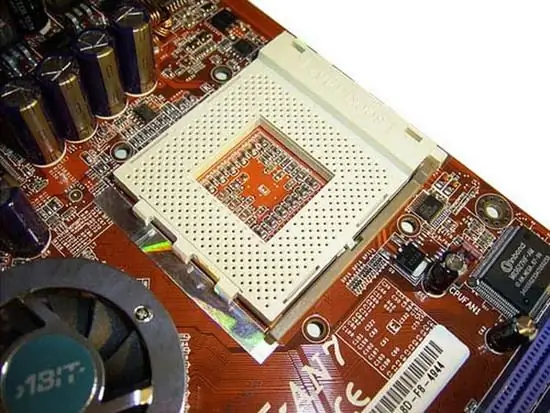If you want to buy a new, more powerful processor for your computer, you need to know some characteristics of the motherboard and processor, which you should be guided by when buying a new processor. You need to be sure to know the socket your motherboard is equipped with. A socket is the interface that connects the processor to the motherboard. If you buy a processor that doesn't fit your socket, you simply won't be able to install it.

Necessary
- - computer;
- - CPU-Z utility;
- - AIDA64 program.
Instructions
Step 1
The easiest way to find out which socket your motherboard has is to look at the documentation for your motherboard. If you do not have such documentation, when you bought a computer, you were not given it or it was simply lost, there are other ways to determine the socket.
Step 2
Detailed information about the characteristics of the motherboard can be obtained using special programs. The simplest of these programs is the CPU-Z utility. Download and install it. Run the program. Immediately after starting in the first window, find the Package line. The value that will be written on this line is the socket version your motherboard is equipped with.
Step 3
More detailed information can be obtained using the AIDA64 program. It will not only help you find out the version of the socket, but also see the models of processors that fit the socket. Download the program from the Internet. You can download a free limited version or pay for a license.
Step 4
Run the program. Wait a few seconds for the system scan to complete. After its launch, select the "Motherboard" component in the right window. In the window that appears, also select "Motherboard". Next, find the "System Board Physical Information" section. In this section, find the line "Number of CPU Sockets". The first digit in this line is the number of sockets itself, further after it is information about the socket.
Step 5
The bottom-most section in this window is called Motherboard Manufacturer. This section has links to a page about your motherboard. If you follow this link, you can see information about the processors that it supports. To do this, simply double-click on the link and the page will open in your internet browser window. There are also links to update the BIOS and motherboard driver.






